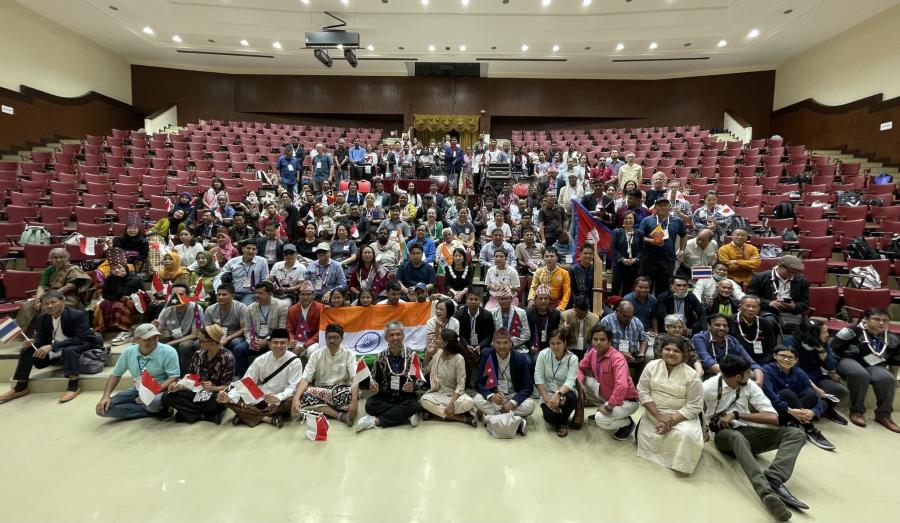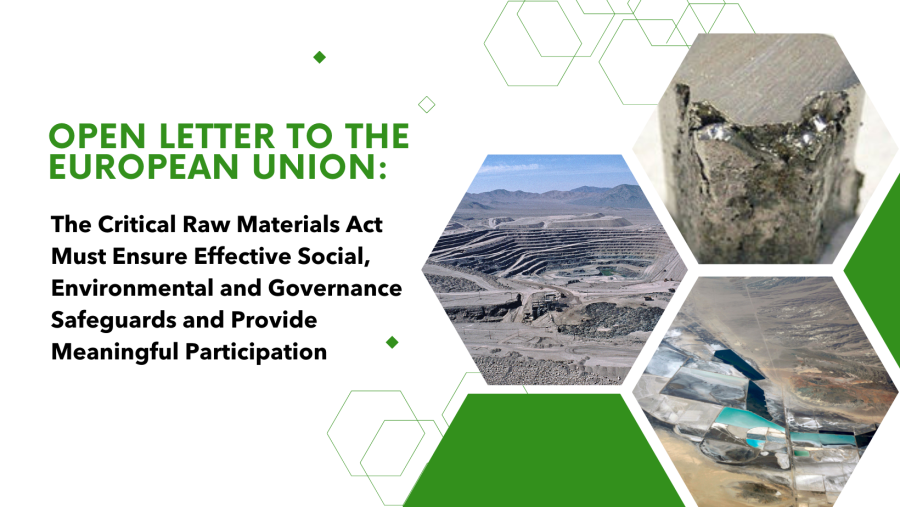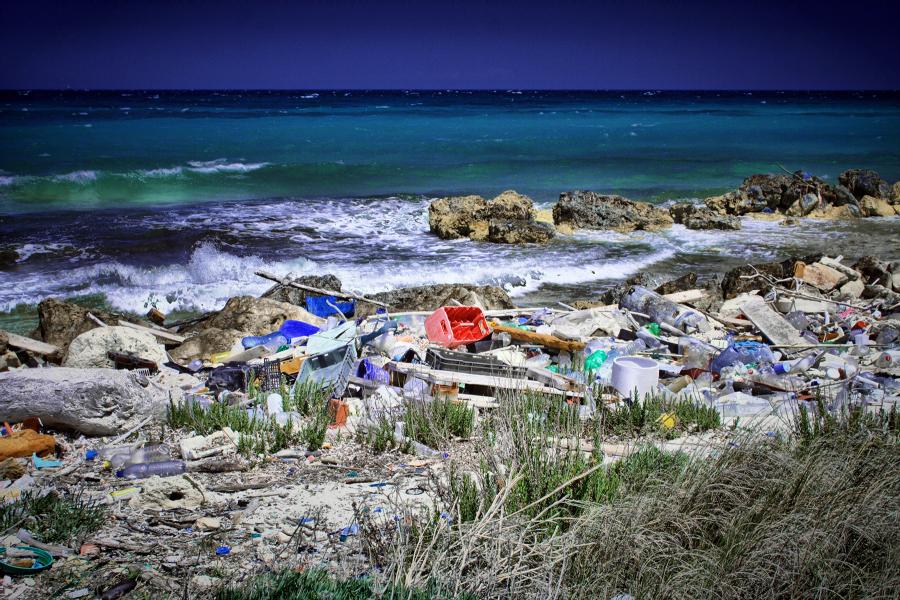
By Detmer Yens Kremer
On July 29, 2016, UN Special Rapporteur on the Rights of Indigenous Peoples Victoria Tauli-Corpuz presented a thematic report that examines the rights of Indigenous Peoples in regards to nature conservation to the UN General Assembly. The impact of the establishment, expansion, and maintenance of nature conservation has been a constant and recurring focus of the Special Rapporteur since the establishment of its mandate. The visits to a variety of countries by Special Rapporteurs have shown that Indigenous people face growing consequences of intrusion of their lands through exclusionary conservation policies, yet also recognizes a growing movement that recognizes the position of Indigenous Peoples in regards to successful, sustainable, and ethical conservation.
Special Rapporteurs have noticed a repetition of specific violations of Indigenous rights in regards to conservation including the expropriation of land, forced displacement, denial of self-governance, lack of access to livelihoods and loss of culture and spiritual sites, non-recognition of their own authorities and denial of access to justice and reparation, including restitution and compensation. Tauli-Corpuz focused in this particular report on terrestrial protected areas, including World Heritage Sites, yet acknowledged the myriad of ways in which the land and water rights of Indigenous Peoples are violated through extractive industries, pollution, urbanization, and other processes outside the scope of this rapport. Based on this history of violations of rights, and a recent albeit patchy application of recentering Indigenous Peoples in conservation efforts, the Special Rapporteur decided it was time to provide an in-depth rapport to evaluate the status of the human rights-based nature conservation.
In the report, protected areas are defined as geographically defined areas that are designated, regulated, and managed to achieve specific conservation objectives, and could be identified as national parks, wildlife refuges, community lands, et cetera. These areas aim to protect and safeguard biodiversity for all of humanity. Unfortunately these spaces have since colonial times gravely infringed upon the rights of Indigenous Peoples. For over a century, the establishment of conservation areas was accompanied with vacating protected areas based on the understanding that the sole method of nature conservation was through removing any human presence. This destroyed political and spiritual sites and severed cultural connections to space, and was accompanied with genocide, rape, poverty and ethnocide. Now, protected areas have almost doubled in size since 1980 alone, from 8.7 million square kilometers to 16.1 million square kilometers in 2000, and yet colonial mindsets persist globally.
The report mentions significant overlap between ancestral lands of Indigenous Peoples and areas whichretain the highest levels of biodiversity on earth. These lands make up about 22% of the world’s land surface and contain approximately 80% of the planet’s biodiversity. Particularly in the Americas, Australia, New Zealand, India, Nepal, and the Philippines, many protected lands are on Indigenous lands. These facts require a conservation approach that accounts for the rights and experiences of Indigenous Peoples, especially as many Indigenous people retain strong spiritual links with the plants, trees, and animals as well as the lands themselves. Conserving the land becomes a sacred duty, yet because it is not named as such. The knowledge and practice of Indigenous Peoples is not often acknowledged nor included, violating Indigenous rights, and putting conservation efforts at a disadvantage. More and more studies demonstrate that territories where Indigenous Peoples hold land rights have been significantly better conserved than adjacent lands. The loss of guardianship Indigenous people can provide also leaves many areas exposed to destructive settlement, extractive industries, illegal logging, agribusiness expansion and large-scale infrastructure development, even when strict protections are in place.
The mobilization of Indigenous Peoples’ movements is seeking to incorporate a greater recognition of Indigenous Peoples’ rights as well as their benefit to conservation efforts. Although this is an extremely positive development, significant gaps remain between new policies and their implementation. Additionally, laws regarding Indigenous rights and conservation efforts are often not harmonized, particularly regarding previously established protected areas. These legal challenges contribute to the failure to successfully alter oppressive and unsustainable policies.
Self-determination is central to improving the rights of Indigenous Peoples and has been interpreted in a variety of legal contexts. It is considered an overarching right because self-determination directly impacts economic, cultural, and political development as well as the participation in processes and decisions regarding the establishment and management of protected areas. The right to self-determination is enshrined within both the International Covenant on Civil and Political Rights (1966, article 1) and the International Covenant on Economic, Social and Cultural Rights (1966, article 1) and is included in the United Nations Declaration on the Rights of Indigenous Peoples (2007, article 3, 29). Additionally the right of Free, Prior and Informed Consent, enshrined in ILO Convention No. 169 and many other legislative and administrative measures, emphasizes the requirement to respect and incorporate the rights and interests of Indigenous peoples, most notably in regards to their ancestral lands and its conservation.
Additionally, many mechanisms such as ILO Convention No. 169 (article 16), stipulate that Indigenous peoples shall not be forcibly displaced, and stresses the disproportionate impact Indigenous displacement can have as it severs cultural and spiritual ties to land. If forcible removal occurs, Indigenous peoples have the right to receive fair reparation including restitution and compensation, as well as the option of returning to their lands. Article 8 (j) of the Convention on Biological Diversity, adopted in 1992, specifically calls on member states to respects and maintain Indigenous knowledge, innovations, and practices in order to create more sustainable and ethical protected areas. The Convention, however, fails to contain explicit recognition of the human rights of Indigenous Peoples.
Although there is an increased awareness of the importance of Indigenous Peoples in successful conservation efforts, which is reflected in several international treaties, many Indigenous Peoples face the ongoing legacy of colonial nature protection and see their human rights violated. The positive changes that did happen were because of how Indigenous people mobilized and pursued the implementation of the evolving international legal standards to ensure their customary rights. Despite the fact that conservation is gradually embracing a human rights-based approach, significant challenges remain in ensuring its effective implementation.
The Durban Accord and Action Plan (DAAP) was adopted to create a framework to implement this paradigm shift of explicitly including Indigenous peoples in conservation efforts. DAAP seeks to ensure that Indigenous peoples and local communities participate in the establishment and management of protected areas, and that conservation authorities promote the rights and conditions of Indigenous Peoples. DAAP set out three major targets concerning the rights of Indigenous Peoples;
- All existing and future protected areas shall be managed and established in full compliance with the rights of Indigenous peoples, mobile peoples and local communities
- Protected areas shall have representatives chosen by Indigenous Peoples and local communities in their management proportionate to their rights and interests
- Participatory mechanisms for the restitution of Indigenous Peoples' traditional lands and territories that were incorporated in protected areas without their Free, Prior and Informed Consent shall be established and implemented by 2010.
Although these three targets are still far from being achieved, many international human rights bodies and international conservation NGOs have adopted new resolutions endorsing these goals and created alliances and mechanisms to hold each other accountable to ensure successful implementation. Several conservation organizations, including International Union for Conservation of Nature (IUCN), World Wildlife Federation (WWF) and Conservation International, have established Indigenous advisory bodies and are working on the inclusion of Indigenous Peoples in senior positions.
The slow adoption and implementation of new conservation policies leaves room for the large-scale violations of the rights of Indigenous {eoples, which include forced displacement from protected areas, poverty, food insecurity, and extrajudicial killings. These violations often occur in protected areas declared prior to human rights-based conservation and in countries where legal mechanisms to protect Indigenous Peoples remain insufficient. An example given in the report is the forced displacement of Ogiek and Sengwer from their ancestral lands in Kenya to form Mount Elgon National Park and Chepkitale Game Park, and the continued marginalization and exclusion faced by these communities. Another example is the inconsistency of Canadian legislation that is prohibiting U'wa from managing the Peak of Cocuy Mountain, a deeply sacred space that ought to only be tread upon with permission from U'wa spiritual authorities, but currently faces environmental degradation and excess tourism. Protected areas occasionally overlap with sites with World Heritage designation, which presents particular issues as these specific UNESCO mechanisms do not require participation by Indigenous Peoples and the declaration of these sites often occurs without Free, Prior and Informed Consent. An example is the requested listing of Kaeng Krachen National Park in 2013 by Thailand without consulting the Karen people. The Karen have experienced forced evictions, destruction of housing and crops, arrests and enforced disappearances, and collectively expressed concerns about a possible World Heritage designation for many believe it would intensify human rights violations as well as negatively impact the environment.
The rapport presented by Special Rapporteur Victoria Tauli-Corpuz reaffirms a truth many Indigenous Peoples have known for a long time; to sustainably protect the land you need to include the people that live there and know the spaces. Increasing evidence supports the correlation between Indigenous land management and positive conservation outcomes, from resisting deforestation in Brazil to growing wildlife populations in Namibia. As climate change becomes more pressing, so does the amount of land we seek to protect and sustain. To do so sustainably, Indigenous participation is paramount. Rights-based conservation continues to face difficulties in implementation as nations struggle with colonial narratives of protecting nature. As extractive industries and expanding infrastructure prey on biodiverse lands, any conservation effort requires the legal recognition and explicit inclusion of Indigenous Peoples. This requires the full recognition of Indigenous land rights, and a ratification and implementation of the Durban Action Plan. It is a necessary commitment to actualize the sustainable and inclusive protected areas needed to achieve human rights globally and to change climate change and its consequences.
Cultural Survival's Community Radio Grants Project Associate Dev Kumar, of Nepal, met up with Victoria Tauli-Corpuz at this year's World Conservation Congress of the International Union for Conservation of Nature, in Hawaii and interviewed her about the intersection of conservation and Indigenous Peoples. Listen here.



